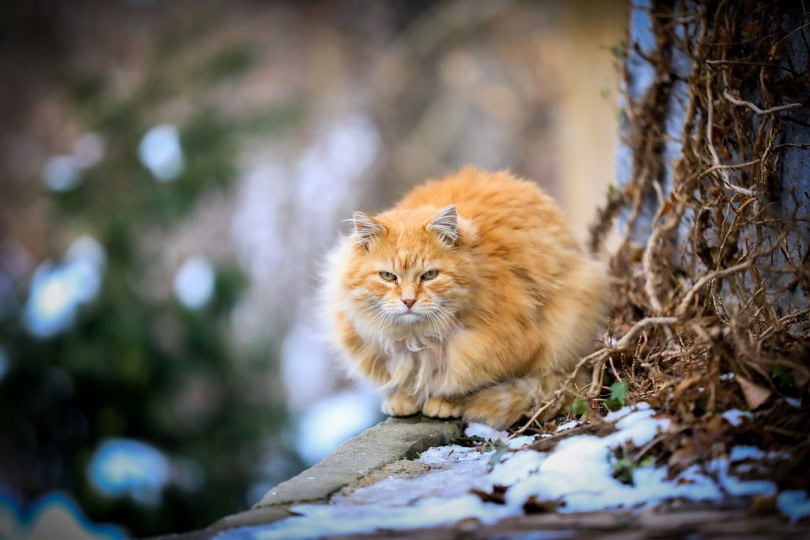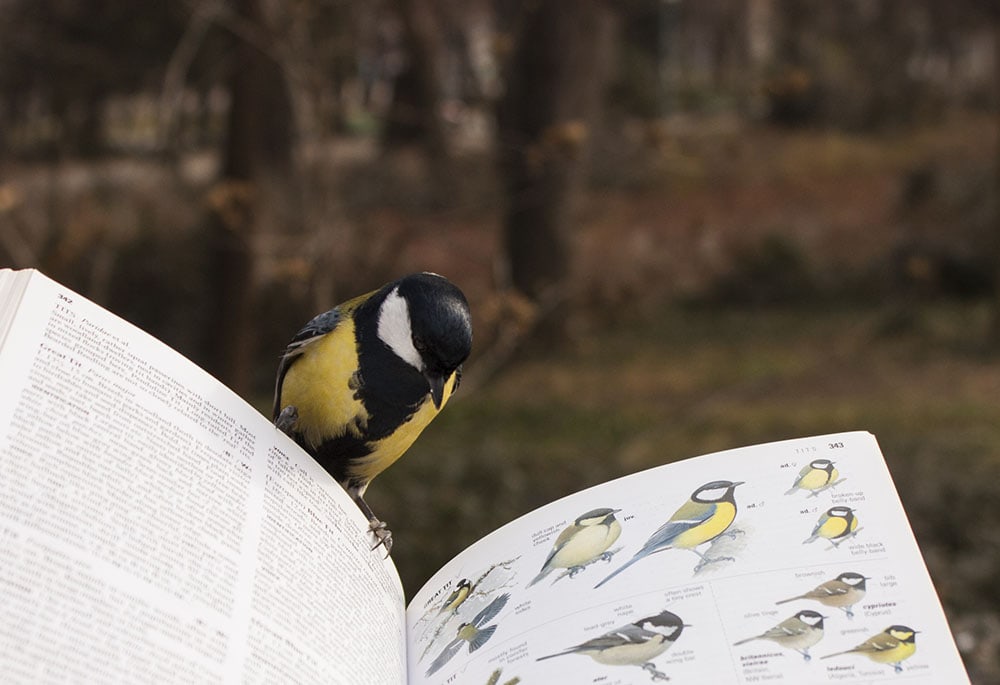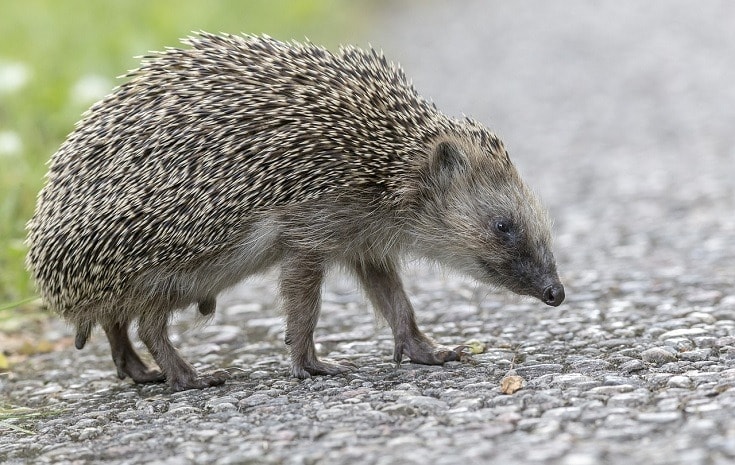VET APPROVED

The information is current and up-to-date in accordance with the latest veterinarian research.
Learn more »Click to Skip Ahead
Despite their seemingly wild and untamable natures, domestic cats are among the most popular pets in the world. Around 30% of American households have cats, and over 220 million felines live with humans all over the world.1
Clearly, we love our kitties, but do they need us? Could cats survive in a world without humans? In most cases, yes, cats could survive in a world without humans.

The Domestication of the Cat
A dog, for example, shares a lot of their genetic makeup with the wolf, while the two have a common ancestor which may have been present around 35,000 years ago.2 This pushes the timeline of when wolves and dogs diverged further than previously believed. Dogs transformed significantly over this period, and it’s possible that they’ve been living alongside humans for 30,000 years. They show clear indicators of animal domestication, in their external characteristics, breed varieties and differences, and personalities.
Instead, felines have what biologists refer to as a “highly conserved ancestral mammal genome organization”.3 This means that stretches of their genome haven’t changed much over their evolutionary period. They’re not that different from their wild counterparts.
So, cats may not be domesticated in the sense that dogs are domesticated, but they are tame. Humans have lived alongside cats much longer than they have been considered domestic pets. Remains of a wildcat buried alongside their human 9,500 years ago have been discovered in Cyprus.4
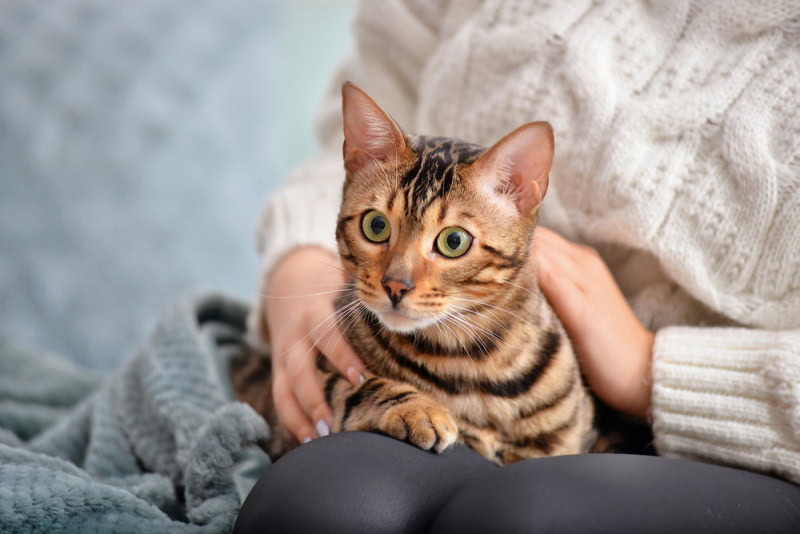
Do Cats Need Humans?
Cats may not be under our spell the way that dogs and horses are, but they do rely on humans. Anyone who owns a cat knows that they have learned how to get what they want, such as meowing for food or to get attention.
There’s a key difference, however. Felines bond with their owners and love them, but they don’t strictly need them for safety and survival. They don’t view owners as parental figures like a dog might. Instead, they’re more independent and sometimes solitary, which would work in their favor if humans vanished from the earth.
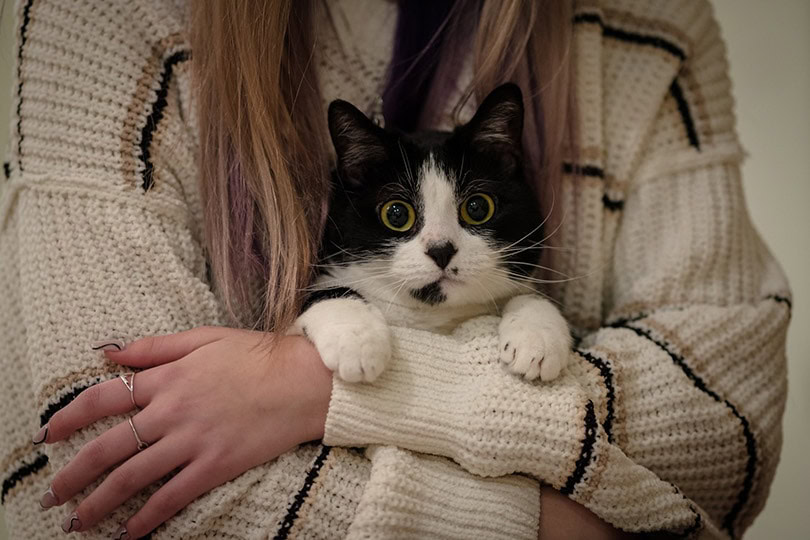
A Case for Independence: Feral Cats
Unowned feline populations are a problem worldwide. In the U.S. alone, there are an estimated 70 to 100 million unowned, free-roaming, abandoned cats. These populations may include stray, abandoned, and feral cats. Stray cats were once owned by humans, while feral cats had parents that were strays or true feral cats and never had any contact or socialization with humans, which means they are essentially wild cats.
There’s a big difference between these two types of unowned cats. Stray cats have once had care from humans, so they may rely on community caregivers for food and shelter. Feral cats can survive entirely without human intervention.
Unfortunately, that independence comes at a cost. Feral felines live short lives, sometimes only a few years, due to disease, car accidents, or other causes. These cats may be predators of small native wildlife, but they’re also prey for animals like domestic dogs and coyotes.
Feral cats may also have non-fatal injuries that take their lives prematurely in the absence of veterinary care. They may succumb to injuries or become unable to hunt and provide for themselves, leading to their death.
But based on sheer numbers, cats are survivors. These feral populations have adapted to the outdoors in all types of climates, weather conditions, and locations, ranging from the country to crowded urban streets.
They breed in high numbers, with a single pair being able to produce, on average, two litters with as many as 12 kittens each year. In just 7 years, that pair and their offspring could produce between 100 to several thousand kittens. Naturally, only the fittest cats would survive the rough streets to breed, building a stronger population overall, meaning the numbers are often not as high as predicted.
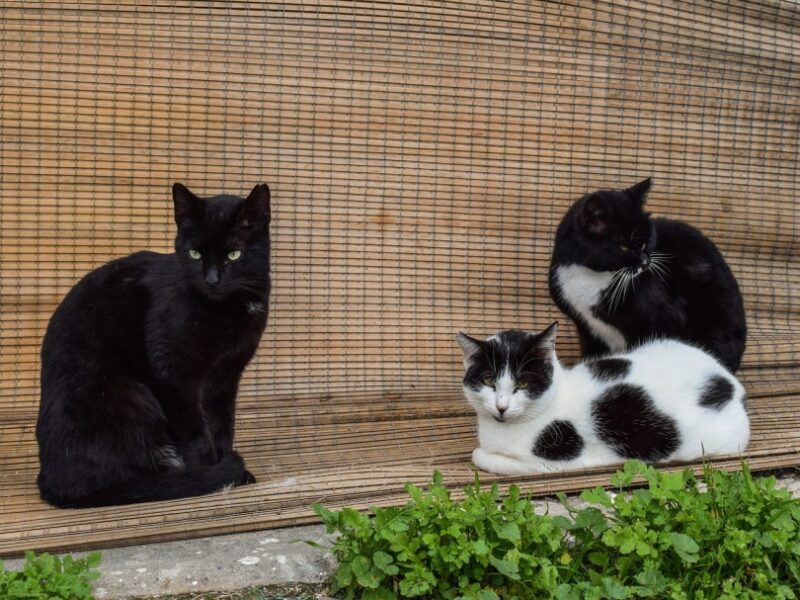

The Verdict
Based on the unique aspects of feline domestication, their independence compared to other domesticated species, and the perseverance of feral cat populations, it’s highly likely that cats would survive in a world without humans. Although current street cats have rough and brief lives, this may change if there were fewer urban dangers nowadays that cats are exposed to, and it may take generations to produce strong, capable felines that could thrive due to humans not being around.
- Also Read: Why Don’t Cats Live as Long as Humans?
- The Taming of the Cat – PMC
- https://web.archive.org/web/20230328003313/https://www.palaeobarn.com/sites/domestication.org.uk/files/downloads/112.pdf
- A new domestic cat genome assembly based on long sequence reads empowers feline genomic medicine and identifies a novel gene for dwarfism | PLOS Genetics
- Oldest Known Pet Cat? 9,500-Year-Old Burial Found on Cyprus
- 2012 Free-roaming, Abandoned, and Feral Cats – catvets.com.
- Facts you need to know about domestic cats | IFAW.
- U.S. pet ownership statistics | American Veterinary Medical Association
- Outdoor cats — or community cats? – PMC
- Annotated features of domestic cat – Felis catus genome – PubMed
Featured Image Credit: ilyessuti, Pixabay
